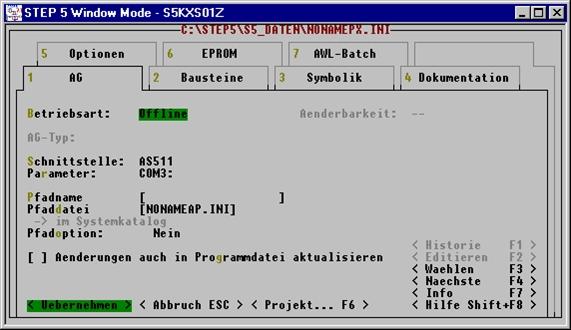

Write the constraints in terms of the decision variables.įor each constraint such as "at least $500" or "no more than 29" write an inequality using the decision variables.Whether your evaluation is conducted to show program effectiveness, help improve the program, or demonstrate accountability, you will need to analyze and interpret the evidence gathered in Step 4. What are the limits on "how much" your decision variables can be? Look for words like "at least", "no more than", "two thirds of of", "we must fill orders for", etc. Introduction to Program Evaluation for Public Health Programs: A Self-Study Guide.

Use the variables you just chose to write down an algebraic expression that describes the amount you're trying to minimize. P = number of problem solving programs offered. L = number of leadership training programs offered What are those things? Choose variables to represent how much of each of those things. The answer to a linear programming problem is always "how much" of some things. These are limits but don't necessarily reflect your employer's top priorities don't mistake these for suggestions that you minimize costs or maximize production. You may have constraints like "you can't spend more than $1000" or "you mus't ship at least 50 tons of product C".

What are you trying to optimize? Are you trying to minimize costs? Maximize production quantities? Your options for how much will be limited by constraints stated in the problem. The answer should depend on how much of some decision variables you choose. The goal of a linear programming problems is to find a way to get the most, or least, of some quantity - often profit or expenses. Here is Professor Burgiel's interpretation of the problem formulation instructions on pages 248-250 of the textbook. On the quiz and final you will be asked to formulate a linear programming problem. Steps to Linear Programming Steps to Linear Programming


 0 kommentar(er)
0 kommentar(er)
